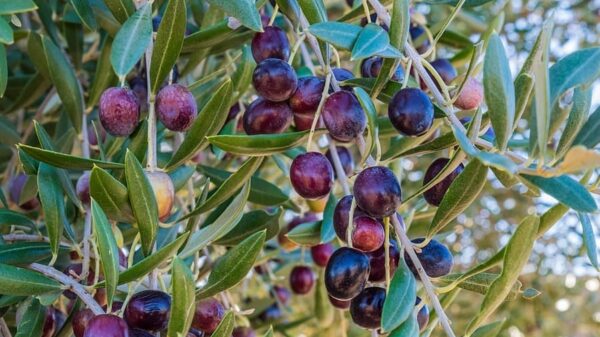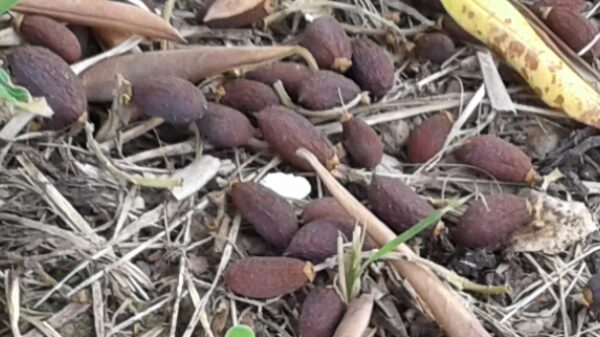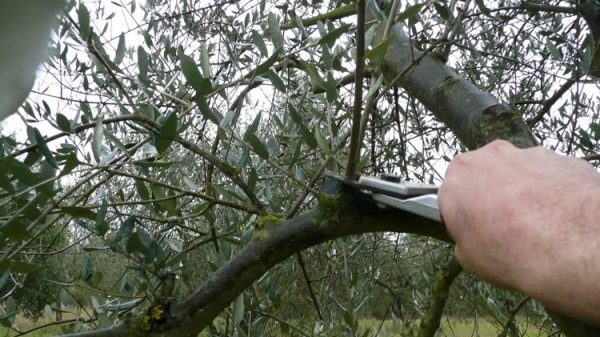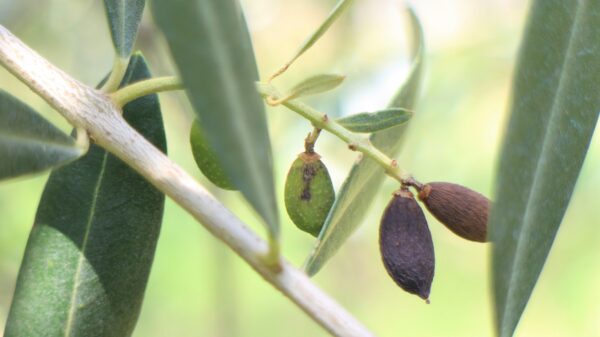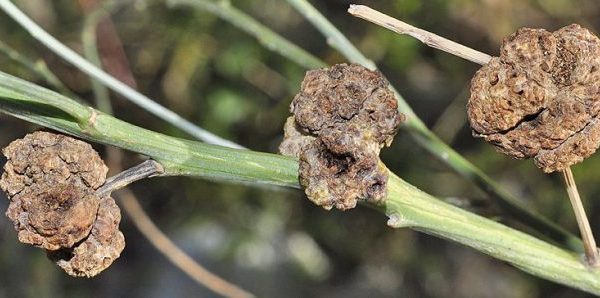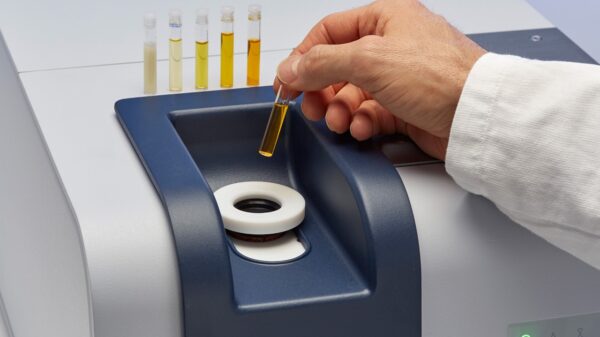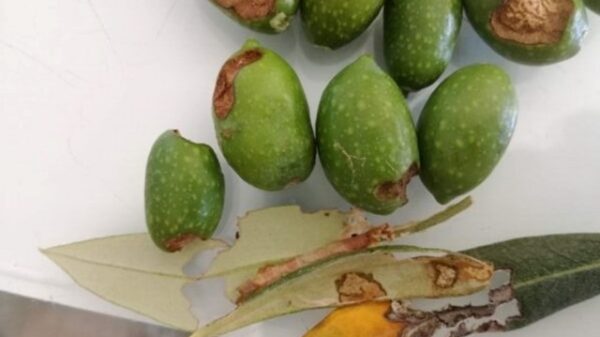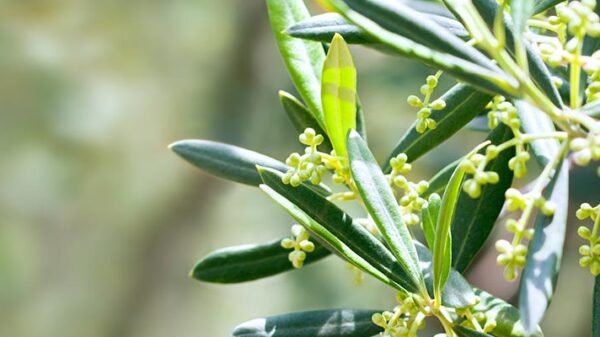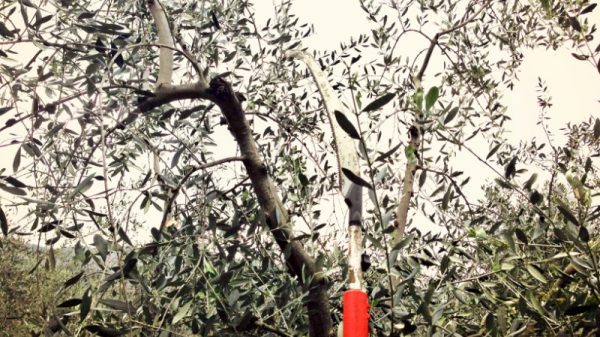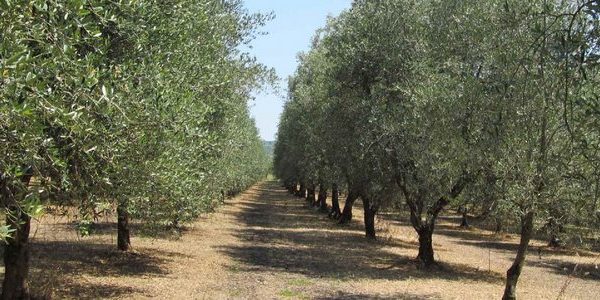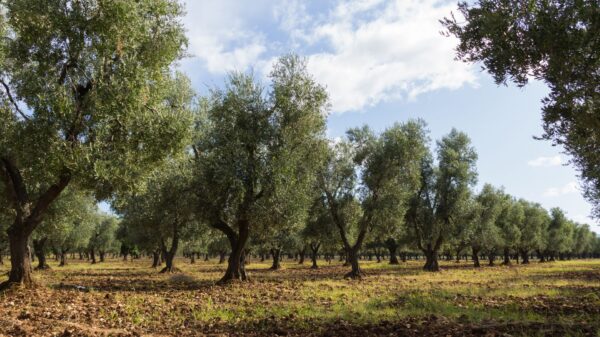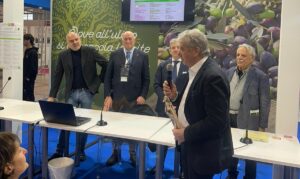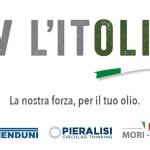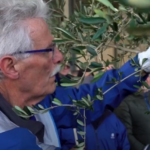In the autumn of 2023 the meteorological trend was characterized by high humid periods and mild temperatures, which favored infections from Peacock eye e Cercosporiosis (as anticipated in a recent article). These two fungal diseases remained latent during the winter period and are now recovering, supported by a climatic situation of high humidity, with frequent rains and temperatures between 12 and 16°C.
Peacock eye e Cercosporiosis I am capable of causing a early leaf fall, phylloptosis, with a consequent reduction in the photosynthetic capacity of the plant, which would negatively influence the flower differentiation of the buds, with a negative effect on the production of olives and the risk of also affecting the twigs. Pathologies that have different evolutions, even if, initially, they seem to have similar symptoms.
The Peacock Eye
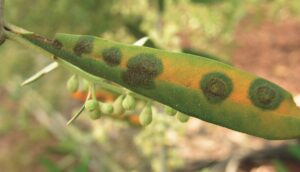
Responsible forPeacock eye it's the mushroom Venturia oleagineae, whose vegetative apparatus, the mycelium, is made up of a tangle of filaments, the hyphae. The mycelium pierces the upper cuticle of the leaf, settles there and remains in the first thin layer of tissue, where it finds the nourishment necessary for its growth. This colonization it does not penetrate deeply, because the leaf reacts to the infection by accumulating phenolic compounds with an antifungal function under the first leaf tissues.
From the penetration of the mycelium to the appearance of symptoms of the disease a few months may pass, because climatic conditions, such as winter cold or summer heat, limit or block both its development and manifestations. The ideal temperatures for its development are between 15-18°C, accompanied by high humidity values or persistent dew.
The fungus spreads in the olive grove coming out of the infected leaves by piercing the cuticle, in this way its reproductive cells, the spores, can propagate in the olive grove carried by raindrops.
Infections begin to appear evident on the leaves with circular chlorotic spots, due to the lack of or insufficient formation of chlorophyll, they then take on a dark sooty brown colour, surrounded by a yellowish halo.
Cercosporiosis
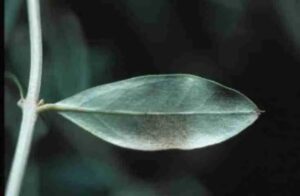
La Cercosporiosis o Plumbing of the olive tree infects leaf plant tissues in the same ways asPeacock eye, it is the fungus that causes this pathology Pseudocercospora cladosporioides. Until a few years ago it was considered a disease of minor importance, in recent years it has become more aggressive and also causes serious damage.
The fungus develops easily in the leaf when temperatures are between 10-20°C and humidity is high. After establishing itself and developing infectious activity, it is transmitted from leaf to leaf favored by rain. An important role for its survival is played by the leaves fallen on the ground, which remain as a potential source of inoculum. Also in this case from the moment of infection to The onset of symptoms may take up to a few months.
The manifestations of the pathological state appear on the upper side of the leaf with the formation of chlorotic, irregular zones, which progressively become brownish-necrotic, while on the lower side of the leaf they take on a lead-grey color. The old leaves on the lower branches of the plant are most affected, but there is no shortage of infections of 4-5 month old leaves.
La Cercosporiosis causes one premature fall of infected leaves, followed by a general debilitation of the plant, which can lead to serious production losses.
Contrast media
The defense from Cercosporiosis has always been based on treatments coinciding with those contrasting thePeacock eye using cuprics, such ascopper oxychloride,copper hydroxide or copper sulphate, which do not penetrate the plant tissues, but remain in the external part and eliminate the conidia present there.
Lo copper ion acts against pathogenic fungi first by damaging chitin, an element of the cell wall that protects the cells, then by modifying their permeability and, in this way, it can penetrate inside the cells, where it hinders respiration and enzymatic processes useful for the life of the cell, thus leading her to die The use of cupric products causes the infected leaves to fall. Copper only has the function of preventing the two fungal diseases.
You can also use the Dodina a fungitoxic substance, it is cytotropic and trans laminar, it prevents the penetration and establishment of the infection in healthy tissues; carries out curative actions in the incubation phase and eradicates infections, preventing new propagation spores from forming and spreading. Dodina does not cause defoliant, the leaves remain on the tree and continue to carry out chlorophyll synthesis. Dodina's latest formulations on the market can be used at even low temperatures, allowing their use in the initial phases of phytosanitary defense.
Use of the Potassium phosphate, which is rapidly absorbed and is moved towards the tips of the foliage and into the root system, at the moment, due to the lack of new vegetation, is not very usable, while it could better demonstrate its fungicidal functions in the remainder of the spring.
Browse for free Olive News click , here.
